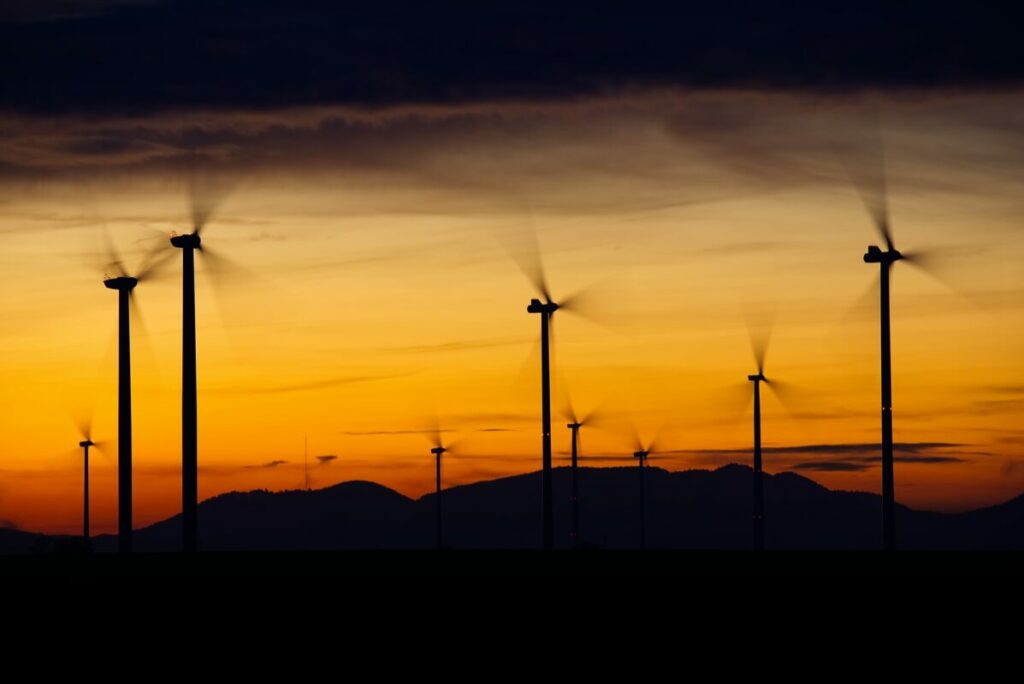Electricity generated by fossil fuels in the UK fell by 22% year-on-year (YOY) in 2023 to the lowest level since 1957, new analysis from Carbon Brief has revealed.
Analysing data from chapters five and six of the Department for Energy Security and Net Zero’s (DESNZ) Energy Trends alongside Balancing Mechanism Reports, Carbon Brief revealed that electricity generated by fossil fuels has fallen by two-thirds (199TWh) to 104TWh since peaking in 2008.
Within this coal dropped by 97% (199TWh) and gas by 45% (80TWh).
The decline of coal and gas
In total, fossil fuels made up 33% of the UK’s electricity mix last year; gas made up 31% of this share, with coal adding just over 1% and oil just below 1%.
Carbon Brief noted the significant decline in fossil fuels’ presence in the UK electricity mix in comparison to 1957, when they made up 97% of total electricity generated. This figure remained relatively stagnant until the rise of nuclear power began in the late 1950s, which took over part of the fossil fuel share as illustrated below.

Even with the increase in nuclear capacity, fossil fuels still generated 76% of the UK’s electricity in 2008, with gas accounting for 45% of the energy mix and coal 30%.
In 2023 however, gas produced 98TWh (down 80TWh from 2008), whilst coal produced on 4TWh, a 115TWh reduction since 2008.
In fact, the above graph shows that coal has almost disappeared for the UK’s electricity mix, as all but one of the UK’s remaining coal-fired power stations shut down in 2023.
These were West Burton A, which closed in April, and Kilroot, which closed at the end of September. This leaves Ratcliffe, operated by utility firm Uniper, as the last operational coal-fired power station in the UK, and this is expected to close in September 2024.
But what else caused the significant decrease of electricity produced by fossil fuels last year?
Carbon Brief attributed these declines to two factors: the rapid expansion of renewables, which increased sixfold (by 113TWh) from 2008, and reduced electricity demand, which decreased by 21% (83TWh) since 2008.
The impact of these factors acted as a “pincer,” said Carbon Brief, “squeezing [electricity generated by fossil fuels] from two directions.”
Ramping up renewables
According to Carbon Brief’s analysis, renewable electricity output climbed from 23TWh in 2008 to 135TWh in 2023, matching the record output recorded in 2022.
Electricity generated by renewables in 2023 was split as follows:
- 82TWh from wind
- 14TWh from solar
- 5TWh from hydro
- 35TWh from bioenergy
Carbon Brief noted that UK renewable output has almost stagnated at 134TWh since 2020.
Wind experienced a 2TWh (2%) YOY increase in output, aligning with capacity, which grew by 0.6GW and 1.1GW for onshore and offshore wind respectively.
The technology had a blustery start to 2023, breaking its generation record for the fourth time in as many months, only to beat it again at the close of to the year (21 December), hitting 21.GW.
Additionally, 2023 saw a number of encouraging developments in the wind market, as the first of three 1.2GW sections of Dogger Bank wind farm – which will be the largest offshore wind farm in the world at 3.6GW upon its completion – connected to the grid and began exporting electricity for the first time in October.
However, a disappointing auction round for the Contracts for Difference (CfD) scheme last year – which saw no bids for offshore wind projects due to low strike prices – contributed to only one 1GW offshore wind project, the Seagreen project off the east coast of Scotland, being completed in 2023. Carbon Brief noted that this is a significant decrease from the 3GW installed in 2022.
The UK government recently amended strike price levels for all technologies within the CfD scheme for the next auction round (AR6), including increasing the strike price for offshore wind by 66%, to create a more competitive auction.
Reduced demand
Carbon Brief also highlighted a significant decrease in demand reduction as a contributor to a low-carbon 2023.
The organisation noted that demand fell by 21% to 313TWh in 2023, compared to 396TWh in 2008, and speculated that this was down to a “poorly understood” combination of more efficient electrical appliances; costs induced by wholesale gas prices; and the UK shifting to a more service-led, rather than manufacturing-heavy, economy.
These factors combined have led to the UK’s lowest-carbon electricity mix in 2023 since records began.
Carbon Brief revealed that the carbon intensity of the UK’s electricity last year reached only 162g/kWh in 2023, 13% less than 2022.
This follows the Britain’s lowest-carbon quarter on record in Q3 (July to September) 2023, which, according to Drax’s Electric Insights quarterly report, saw carbon emissions fall to 143g/kWh.
Despite a welcome downwards trajectory, Carbon Brief warned that this figure remains “a long way from the government’s ambition for 95% low-carbon electricity by 2030 – just seven years from now – and a fully decarbonised grid by 2035.”






